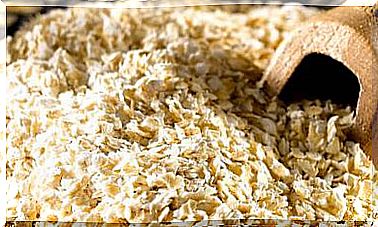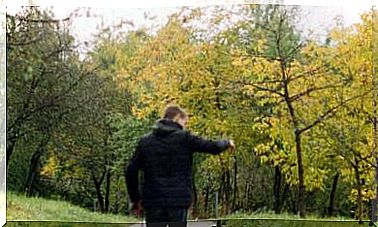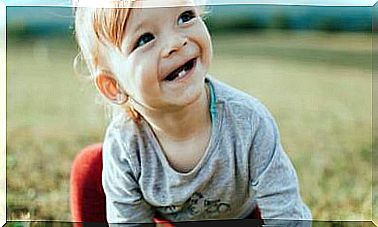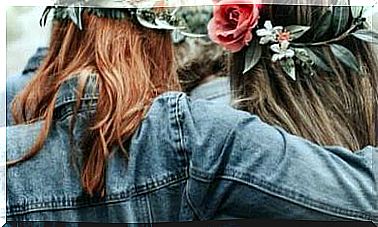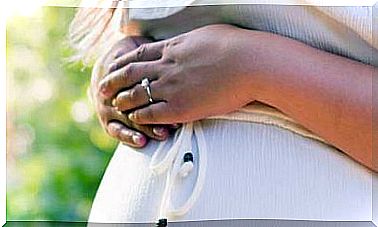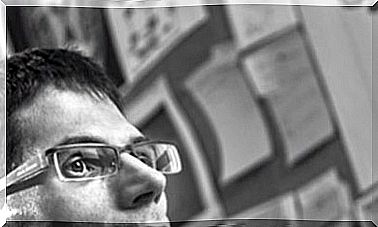What Is Your First Memory?
“Infant amnesia” defines the apparent lack of memories from birth to three years. But babies do have memories – their emotions are etched into the body’s memory.
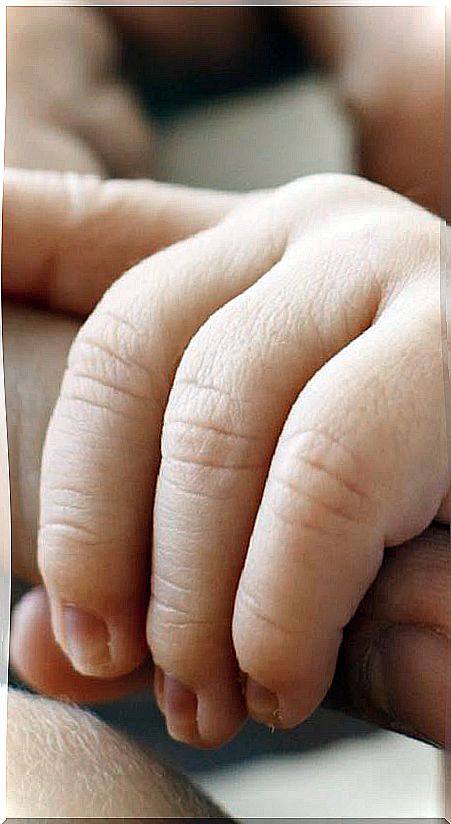
The most distant memory of your life may be just a flash, an image or a brief scene. It may be that you remember yourself entering your grandparents’ house when you were barely two years old, pedaling a tricycle or going hand in hand with your mother to some place that you do not know exactly what it was, or maybe it was the day your brother was born. little. Or maybe being in the schoolyard playing hopscotch with other girls …
The fact is that the answer to this question almost always takes us back to some time between three and five years of life in some brief scene without a special meaning but which, for some unknown reason, is the first conscious memory that we managed to rescue. We don’t usually remember anything before.
The study of childhood memory
The memory of babies continues to intrigue psychologists and scientists.
- On the one hand, there are those who think that it is a problem of storage of memories. Doing a computer simile, it would be as if the babies did not have enough memory on the hard disk. From this perspective, they affirm that the baby’s brain is not mature enough to store all these memories, so they are hopelessly lost until an age is reached when the brain has already matured enough to store them.
- On the other hand, there are those who think that memories are actually stored in memory, but the problem is one of access : we lose the ability to rescue them as we grow older. It would be like having an old data warehouse stored there that we can no longer read with current computers.
- Some add that we retain memories of birth or even prenatal life. The problem is to show if those memories are real or just imaginations.
In the late 1960s, Professor Carolyn Rovee-Collier designed a study to see if babies remembered in the short term.
He chose babies between eight and twelve weeks old and, for the experiment, he laid them in a crib at home. In front they had a crib mobile hanging with brightly colored wooden figurines. With a string he tied the mobile to the babies’ legs, so if the baby kicked the air, the crib mobile would rotate and make sounds. He found that babies quickly learned that if they moved their leg, the mobile would rotate.
In one such experiment, babies as young as eight weeks old were mobile-trained for a period of three days for nine minutes each day. 24 hours later, the babies only kicked when the same mobile from the previous day was on their heads, but not if it was a new crib mobile. This showed that they remembered the particular mobile they had been trained with. It was an especially exciting finding because long-term memory had previously been thought to be non-existent at that age (24 hours is considered long-term in babies).
Two memory systems
Thanks to this and other similar experiments, we now know that our memory systems actually function quite well from a very young age. Within the limbic system of the brain are the amygdala and hippocampus.
- The amygdala in particular registers and processes emotional memories.
- The hippocampus, for its part, processes and stores narrative and chronological memory, the memories that we can narrate when we are adults.
Implicit memory: body and emotions
The amygdala is practically mature at birth, that is, babies come ready to perceive emotions in others and in themselves. They can feel a range of intense emotions, even though they cannot understand the content of the emotion and its relationship to what is happening around them. By not having developed the intellectual capacity, the newborn feels the emotion with his whole body.
That is why he needs the mother so much, to help him regulate his emotions. You cannot process your own emotion except through close bodily contact with it. In addition, the newborn, or the young baby, can masterfully perceive the emotions of the people around him, even if they try to hide them. That is one of the reasons why it is so important to talk to babies and explain things to them : even if they do not understand the content of the words, they perceive the emotion of the speaker and this can be extremely reassuring.
Every time a mother responds sensitively to her baby’s cry or request, calming and comforting him, it helps regulate the emotion.
The memory that the baby keeps is, above all, of the body. He remembers the emotions that are produced in his body and the response he receives from his mother, father or other very close and dear people. Thus, the memory of the consolation, the caress, the hug, etc. is memorized. Thus, by repeating this answer, the so-called “secure base” is built, which becomes the expectation and confidence that the baby has that his mother will always be there to care for him and love him.
All that memory, and especially those emotions, are recorded as memory in the amygdala. In turn, it determines how the baby responds, smiles, looks or expresses. This is what is called “implicit” memory: that which is unconscious and is encoded as emotional and bodily memory. Implicit memory is “stored” in the body. In other words, what we do not remember with our mind, we remember with our body, with our skin, and even with our breath.
Explicit memory: consciousness and narrative
The “explicit” memory reaches full maturity around three years. This is the type of conscious memory that allows us to tell a
story or memory in a way that makes sense, and that is stored in the hippocampus, which does not mature until that age. Before, the little ones are relatively incapable of organizing memory in terms of sequences of events.
How to leave good memories in your baby
We remember emotions and bodily sensations from our earliest days, and even if we are unclear about the events that surrounded them, these memories influence the way we relate to each other as adults. But the conscious ability to rescue memories and narrate them in a coherent and sequential way does not usually occur until the age of three, coinciding with the development of verbal language.
Respond to their emotions and anticipate
It is key to respond sensitively whenever communicate babies crying, cooing or smiling. Comfort the negative emotion with words, caresses or embraces, and enhance the positive ones by amplifying them in the mirror: talking, laughing, interacting with the baby when they say they want it.
It is especially important that health professionals, such as pediatricians or nurses, talk to the baby and explain anything they are going to do to him. This prevents the memory of that attention, injection or intervention from becoming a traumatic body memory. Faced with a blood draw, the baby cannot understand the meaning of “we are going to draw your blood to do some tests”, but he can perceive that the professional tells him with love and care, which will help him to live the intervention in a calm and confident.
Connect with your body memory
Adults carry this body memory of the baby with us. That is to say, our body remembers the baby we were, and sometimes this is manifested in our gestures or in our gaze. Sometimes a strong or painful emotion, such as a situation of fear or helplessness, can reactivate those memories.
The trauma of these early bodily experiences appears to be the basis for some psychosomatic disorders: The body “speaks” of its first traumatic memories. This is clearly manifested in conversion disorders, almost always produced in response to abuse or maltreatment in early childhood.
Heal your own emotions
The body psychotherapies, such as bioenergetics, regressive hypnosis, biodecodificación and other techniques directly affect these body memories through breathing and some physical exercises that allow access to the memory of those feelings to heal them.
Don’t repeat your childhood traumas
To prevent trauma, mother-baby or father-baby psychotherapies also affect this aspect of body memory, trying to make it easier for mothers and fathers who had traumatic childhoods to relate to their babies in a healthy way and prevent the repetition of the trauma.
Helps regulate your emotions
Newborns and babies are very good at perceiving emotions. As some areas of the cerebral cortex are not sufficiently developed, they cannot process them mentally, so they are greatly affected by emotions .
They “feel” them with their whole body, so they need their parents to regulate them. This memory of the emotion is recorded in the body memory for life and conditions the so-called “body response patterns”. In other words, much of the way we move or react to emotion comes from the baby we were.
